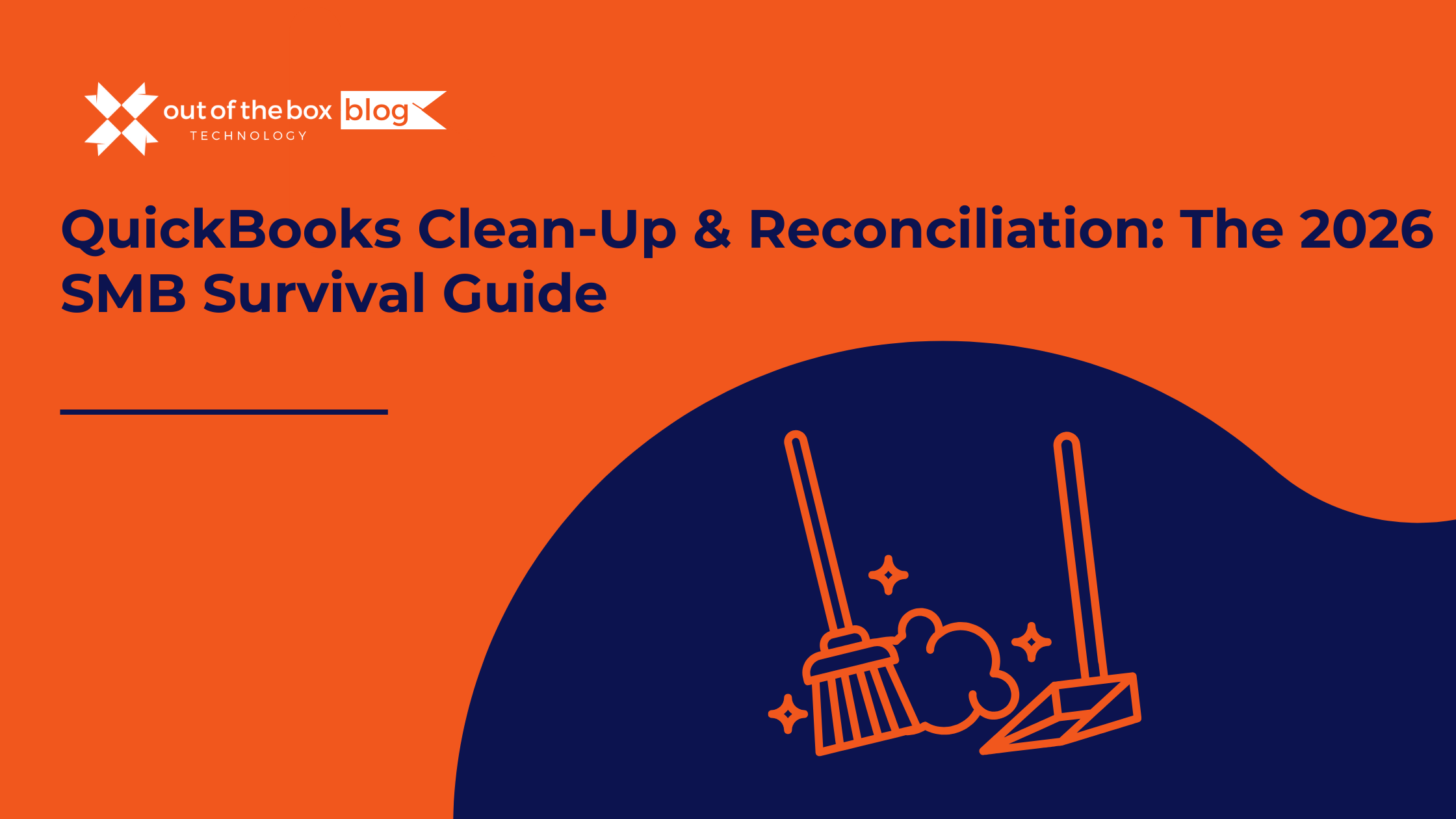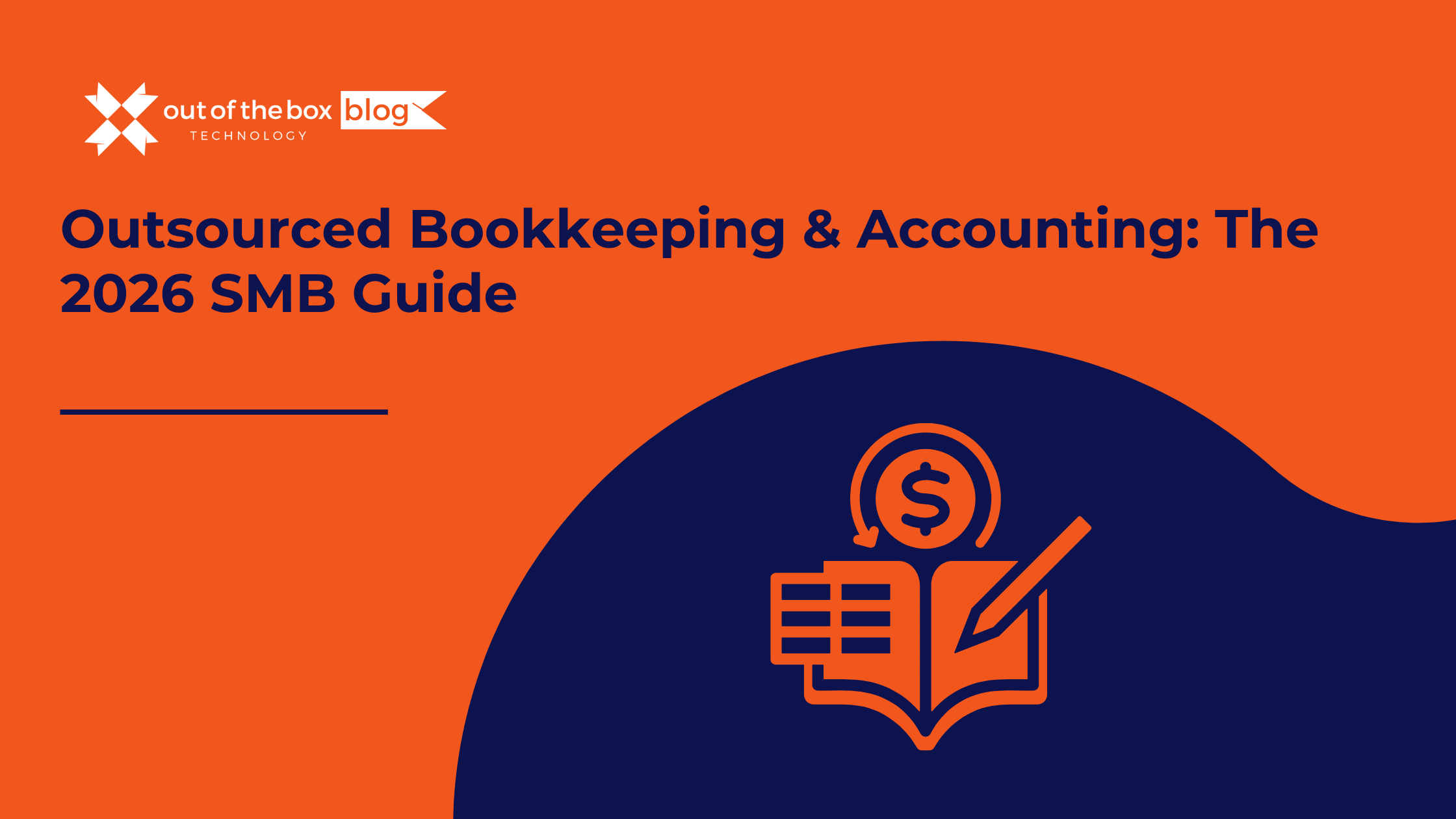Introduction
Depreciation is a fundamental concept in bookkeeping and accounting. It allows businesses to allocate the cost of a tangible asset over its useful life, providing a more accurate picture of expenses and profits. Properly calculating and recording depreciation ensures compliance with tax regulations and provides valuable insights into the financial health of your business.
In this comprehensive guide, we’ll break down the basics of depreciation, explore different calculation methods, and show you how to record depreciation in your bookkeeping records. With examples, FAQs, and data points, you’ll gain the confidence to manage depreciation like a pro.
What You Will Learn:
- What depreciation is and why it matters
- Common methods for calculating depreciation
- Step-by-step instructions for recording depreciation
- Practical examples for various asset types
- FAQs about depreciation and bookkeeping
What is Depreciation?
Depreciation is the gradual reduction in the value of a tangible asset over time due to wear and tear, usage, or obsolescence. Businesses use depreciation to spread the cost of an asset over its useful life, reflecting its declining value in financial statements.
Why is Depreciation Important?
- Accurate Financial Reporting: Depreciation ensures expenses are matched with the revenue they generate, providing a true picture of profitability.
- Tax Deductions: Many governments allow businesses to claim depreciation as a tax-deductible expense.
- Asset Management: Depreciation helps track the value and lifespan of assets.
Stat: According to the IRS, depreciation deductions accounted for over $1 trillion in business expenses in recent tax years, highlighting its significance for businesses of all sizes.
Common Methods for Calculating Depreciation
There are several methods for calculating depreciation, each suited to different types of assets and business needs. Here are the most commonly used methods:
1. Straight-Line Depreciation
The most straightforward method, straight-line depreciation allocates an equal amount of depreciation expense over the asset’s useful life.
Formula:
Example: A company purchases a piece of equipment for $10,000, with a salvage value of $2,000 and a useful life of 5 years.
The company records $1,600 as a depreciation expense annually.
2. Declining Balance Method
This accelerated method applies a fixed percentage to the asset’s book value, resulting in higher depreciation expenses in the early years.
Formula:
Example: An asset costs $10,000 with a depreciation rate of 20%.
- Year 1: $10,000 × 20% = $2,000
- Year 2: $8,000 × 20% = $1,600
This method is ideal for assets that lose value quickly, such as vehicles or technology.
3. Units of Production Method
This method bases depreciation on the asset’s usage or output rather than time.
Formula:
Example: A machine costs $15,000, with a salvage value of $3,000 and an expected output of 100,000 units. If the machine produces 20,000 units in a year:
4. Sum-of-the-Years’ Digits Method
An accelerated depreciation method that allocates higher depreciation expenses in the earlier years.
Formula:
Example: For an asset with a 5-year life, the sum of the years is:
In the first year, the depreciation expense would be:
How to Record Depreciation in Your Books
Step 1: Determine the Depreciation Method
Choose the method that best fits the asset and business needs.
Step 2: Calculate Annual Depreciation Expense
Use the selected method to calculate the depreciation expense for each asset.
Step 3: Make the Journal Entry
Record depreciation with a journal entry that debits the depreciation expense account and credits the accumulated depreciation account.
Example Journal Entry:
| Account | Debit | Credit |
|---|---|---|
| Depreciation Expense | $1,600 | |
| Accumulated Depreciation | $1,600 |
Step 4: Update Financial Statements
Include depreciation in the income statement as an expense and reflect accumulated depreciation on the balance sheet.
Practical Examples of Depreciation
Example 1: Office Furniture
- Cost: $5,000
- Salvage Value: $500
- Useful Life: 10 years
Using straight-line depreciation:
Example 2: Company Vehicle
- Cost: $30,000
- Salvage Value: $5,000
- Useful Life: 5 years
Using declining balance at 20%:
- Year 1: $30,000 × 20% = $6,000
- Year 2: $24,000 × 20% = $4,800
FAQs About Depreciation
1. What assets can be depreciated?
Depreciable assets include buildings, machinery, vehicles, furniture, and equipment—essentially, tangible assets with a useful life of more than one year.
2. Can land be depreciated?
No, land is not depreciated because it does not lose value over time.
3. How often should depreciation be recorded?
Depreciation is typically recorded monthly, quarterly, or annually, depending on your business’s accounting practices.
4. What happens when an asset is fully depreciated?
Once an asset is fully depreciated, it remains on the balance sheet at its salvage value until sold or disposed of.
5. Can I change the depreciation method?
Yes, but changes must comply with accounting standards and may require approval from tax authorities.
Conclusion
Depreciation is a critical aspect of bookkeeping that impacts your financial statements, tax obligations, and asset management. By understanding and applying the right depreciation methods, you can ensure compliance, maximize deductions, and maintain accurate records.
Whether you’re managing office equipment, vehicles, or machinery, this guide provides the foundational knowledge to calculate and record depreciation effectively.
Simplify Your Bookkeeping Today!
Discover the benefits of outsourcing bookkeeping for your small business. Contact us now to schedule a consultation and take the first step toward financial clarity and success!




